VMT’s blog aims to share our practical experience and knowledge accumulated during the manufacturing and product development process. Our goal is to use these articles to help you improve product design and increase your understanding of CNC machining, 3D printing, rapid prototyping, low-volume manufacturing, and surface treatment technologies. The information we provide is designed to provide actionable guidance and insights for your CNC machining projects.
What Is Polishing And Types Of The Polishing
The polishing process is not only a key step to improve the appearance quality of the product, but also an important part of demonstrating the exquisite skills of CNC machining services. As the manufacturing industry continues to increase its requirements for product accuracy and aesthetics, polishing technology has become an indispensable part of CNC machining services. In this article you will gain an in-depth understanding of the basic concepts, process steps, applicable materials, and types of polishing.
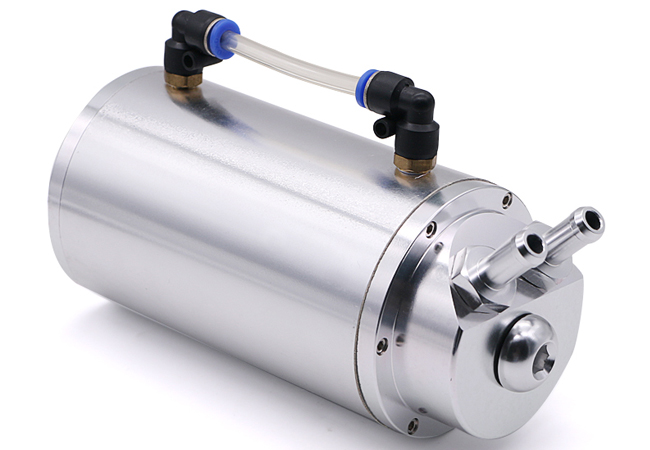
What Is Polishing?
Polishing is a process that removes the rough layer on the surface of materials through physical or chemical methods to achieve a smooth and bright effect. In CNC machining, whether the workpiece has been precision milled or turned, certain processing marks or microscopic unevenness often remain on the surface. Polishing is precisely to eliminate these defects and make the surface of the workpiece achieve a higher smoothness and flatness. Polishing not only improves the aesthetics of the product, but also reduces friction and enhances corrosion resistance.
Polishing Process Steps
- Choose the appropriate polishing tools: According to the workpiece material and the desired polishing effect, select the appropriate polishing tools (such as polishing wheels, sandpaper), abrasives (such as diamond, alumina) and lubricants.
- Cleaning: Make sure the surface of the workpiece is clean and free of oil so that the polishing process can proceed smoothly.
- Coarse polishing: Use coarser abrasives and greater polishing pressure to quickly remove large impurities on the surface of the workpiece and initially smooth the surface. This stage mainly relies on the precise control of CNC machine tools and a stable processing environment to ensure the accuracy and consistency of the polishing path.
- Medium Polishing: Use finer abrasives to reduce the polishing pressure and further refine the surface roughness. At this time, the accuracy and stability of CNC machine tools are particularly important to ensure the uniformity and consistency of the polishing effect.
- Fine polishing: Use the finest abrasive or polishing paste, combined with appropriate pressure and speed, to perform fine polishing until a mirror effect is achieved.
- Cleaning and drying: After polishing is completed, use a special cleaning agent to thoroughly clean the surface of the workpiece to remove residual abrasives and lubricants to ensure that the surface is clean and free of dirt. It is then dried to prevent water stains or fingerprints from affecting the polishing effect.
- Quality inspection: Finally, the polishing quality is tested through visual inspection, touch or the use of professional instruments (such as surface roughness meters) to ensure that the workpiece meets customer requirements and industry standards.
What Materials Can Be Polished?
Metal material:
- Stainless Steel: Stainless steel is popular for its corrosion resistance and aesthetics. Polishing stainless steel can significantly improve its mirror finish and fingerprint resistance. The difficulty is that stainless steel may produce an oxide layer during the polishing process, which needs to be avoided by choosing a suitable polishing paste and appropriate polishing intensity.
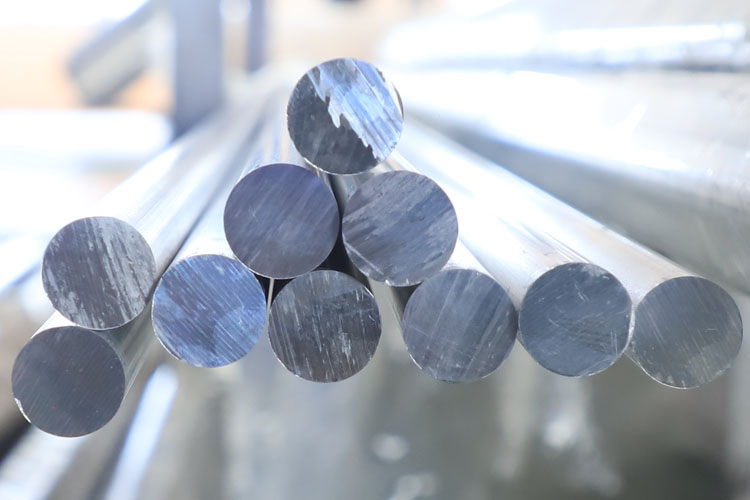
- Aluminum alloy: Aluminum alloy is lightweight and strong, making it the material of choice for many industrial products. Polishing aluminum alloy can make its surface smoother and more delicate.
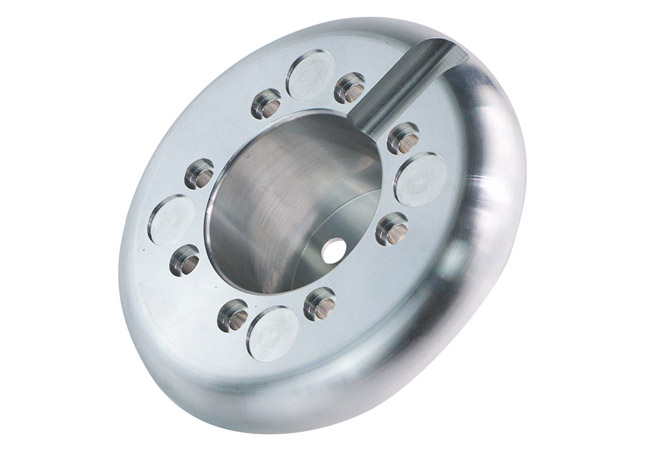
- Copper: Copper has good electrical and thermal conductivity, and can show a charming golden luster after polishing. However, the hardness of copper is low, so care must be taken to control the intensity when polishing to avoid scratching the surface.
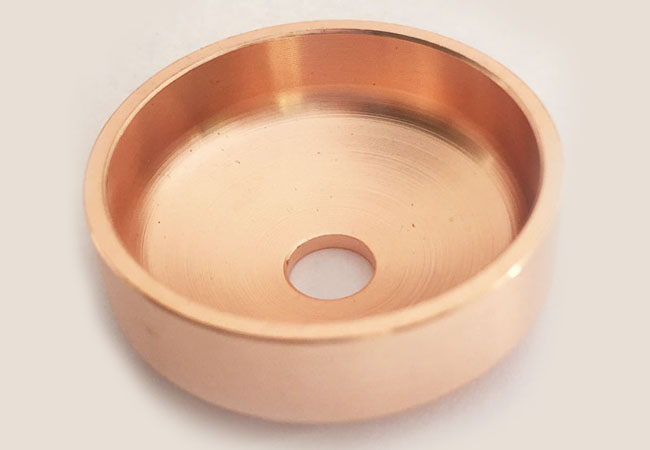
- Titanium alloy: Titanium alloy is widely used in aerospace and other fields due to its high strength, low density and excellent corrosion resistance. Polishing titanium requires special polishing tools and abrasives because it is extremely hard and difficult to machine.
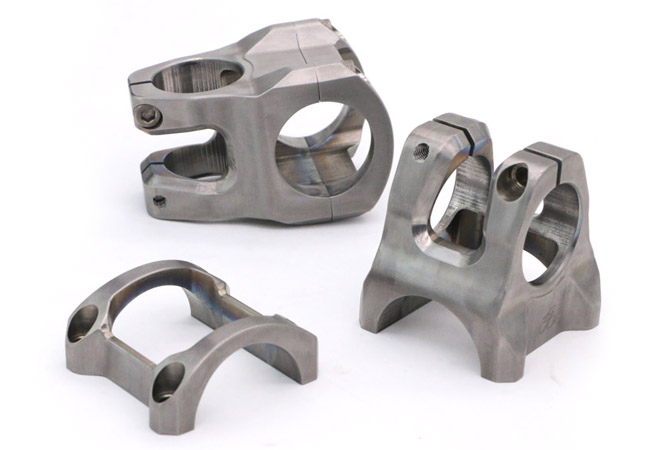
Plastic:
Some plastics, such as ABS, POM (polyoxymethylene) and PC (polycarbonate), can also be polished under certain conditions. These materials usually have good wear resistance and toughness, and the surface is smooth after polishing. However, due to the heat and chemical sensitivity of plastics, strict temperature control and the use of suitable chemical solvents are required during the polishing process to avoid material deformation or damage.
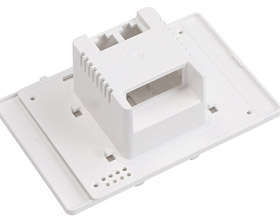
Type of Polish?
Mechanical Polishing:
Mechanical polishing relies on mechanical force and the cutting effect of abrasive particles to physically polish the surface of the workpiece through polishing wheels, sandpaper and other tools, effectively removing the rough layer on the surface and achieving a smooth and bright effect. It is easy to operate and is widely used in surface treatment of various parts after CNC processing, such as auto parts, hardware tools, and electronic product casings.
Chemical Polishing:
Chemical polishing uses a specific chemical polishing liquid to react with the surface of the workpiece, so that the microscopic convex parts are dissolved preferentially than the concave parts, thereby achieving the purpose of smoothing the surface. This method does not require complex equipment, can handle workpieces with complex shapes, and can polish multiple workpieces at the same time.
Electrochemical Polishing:
Electrochemical polishing (electropolishing) is a technology that uses electrochemical principles for surface treatment. The workpiece is placed in an electrolytic cell, and current is applied to cause electrochemical dissolution of the surface to remove the rough layer and obtain a smooth and shiny surface.
Ultrasonic Polishing:
Ultrasonic polishing uses ultrasonic vibration to accelerate the collision of abrasive particles with the workpiece surface to achieve efficient and uniform polishing effects. Its macroscopic force is small and will not cause deformation of the workpiece. It is especially suitable for surface treatment of precision parts and thin-walled parts. Ultrasonic polishing can also effectively remove surface defects such as micro-cracks and burrs. It is often used in CNC processing services to post-process workpieces with extremely high surface quality requirements, such as optical lenses, precision molds, etc.
Metal Polishing Surface Treatment Type?
From the above, we can know that polishing can be divided into mechanical polishing, chemical polishing, electrochemical polishing and ultrasonic polishing. So you may be curious about what types of metal polishing surface treatments are there?In CNC machining services, there are many types of metal polishing surface treatments. Here are several common types of metal polishing surface treatments and their specific characteristics and applications:
Mirror Polished
-
Features:
Mirror polishing pursues the ultimate smoothness and reflectivity of the metal surface, making the surface appear bright like a mirror. This polishing method gradually removes tiny unevenness and scratches on the metal surface through a fine grinding and polishing process until it reaches a mirror-smooth state.
-
Application:
High-end decorations: such as jewelry, watch cases, etc.
Precision instruments: such as optical instruments, medical equipment, etc., require surfaces with high reflectivity and low scattering rate to ensure the accuracy of measurement and observation.
Matt Polish
-
Features:
Matte polish uses a special process to create a soft, non-specular reflection on the metal surface. This polishing method reduces the gloss of the metal surface, giving it a low-key and elegant texture.
-
Application:
Home appliances: such as refrigerators, washing machines, etc., the matte polished surface can reduce the impact of reflected light on the indoor light environment, while improving the overall texture of the product.
Automotive Industry: Automotive interior and exterior parts often use a matte finish.
Brushed and Polished
-
Features:
Brushed polishing is a polishing method that creates parallel lines on a metal surface. Use special drawing tools to scrape or pull on the metal surface to form a fine line texture, adding decoration and feel.
-
Application:
Electronic products: such as mobile phone casings, tablet computers, etc., brushed polishing not only improves the aesthetics of the product, but also increases the comfort when holding it.
Building decoration materials: such as metal doors, windows, railings, etc.
Sandblasting and Polishing
-
Features:
Sandblasting polishing uses high-speed jetting of sand particles to impact the metal surface to create a uniform and rough texture. This polishing method can remove oxide scale, oil stains and other contaminants on the metal surface, while increasing the surface roughness and anti-slip properties.
-
Application:
Mechanical equipment: such as machine tools, molds, etc., sandblasting and polishing can remove burrs and scratches produced during processing and improve surface finish and wear resistance.
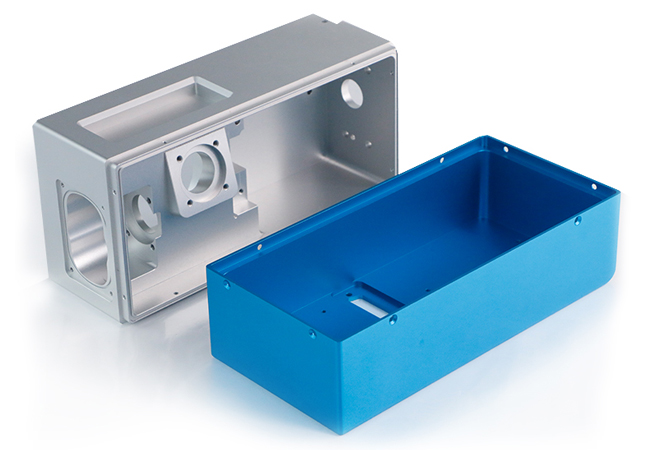
How can I Get the Best Metal Polish Results?
To obtain the best metal polishing results, you need to consider the following aspects:
- Choose the right polishing tools and abrasives: Choose the right polishing tools and abrasive combination based on the workpiece material, shape and desired polishing effect. For example, for metal materials with higher hardness, harder abrasives should be used.
- Control polishing parameters: Parameters such as pressure, speed, and time during the polishing process have an important impact on the polishing effect. Polishing efficiency and quality can be optimized by adjusting these parameters.
- Do it in stages: Following a step-by-step refinement process from coarse to fine polishing ensures a uniform and consistent polish. Quality checks should be performed after each stage so that polishing parameters and tool combinations can be adjusted in a timely manner.
- Environmental control: maintain stable temperature and humidity, ensure the work area is clean and dust-free, equip with a good ventilation system to eliminate harmful gases and dust, provide sufficient and uniform light for easy operation and observation, and reduce electromagnetic interference to create an ideal polishing working environment and improve polishing Efficiency and finished product quality.
What are the Advantages and Disadvantages of Metal Polishing?
Advantage:
- Improve aesthetics: Polishing can significantly improve the finish and brightness of metal surfaces, making metal products look more beautiful and high-end, with better visual effects.
- Enhance durability: Polishing can remove oxide layers, dirt, scratches and other defects on the metal surface, making the surface smoother and more delicate, reducing friction and wear, thereby improving the durability of metal products and extending their service life.
- Convenient to clean: The polished metal surface is smooth and less likely to harbor dirt and grime, making it easier to clean and maintain. A simple wipe can restore the finish of your metal surface.
- Improved safety: Polishing removes burrs, sharp edges and corners from metal surfaces, reducing the risk of scratching your skin. At the same time, the polished metal surface reduces roughness, reduces skin irritation, and improves safety in use.
Disadvantages:
- Possible change in surface shape: For some thin-walled or easily deformed metal products, excessive pressure may cause slight changes in surface shape during the polishing process, affecting the accuracy and appearance of the product.
- Regular maintenance is required: Although the polished metal surface is smooth and bright, over time and the impact of daily use, problems such as oxidation, stains and scratches may reappear.
Conclusion
In CNC machining services, metal polishing is a key process, which can not only improve the appearance and aesthetics of metal products, but also enhance their functionality. Different polishing types, such as mirror polishing, matte polishing, brushed polishing and sandblasting polishing, each have unique visual effects and application scenarios.
VMT focuses on providing a full range of one-stop precision machining solutions, covering every aspect from prototype design, CNC machining to surface treatment. We focus on helping customers realize complex geometric structure designs, and pay attention to the combination of product aesthetics and functionality. VMT promises that we will establish long-term and stable cooperative relationships with our partners based on stable product quality, on-time delivery and excellent customer service.
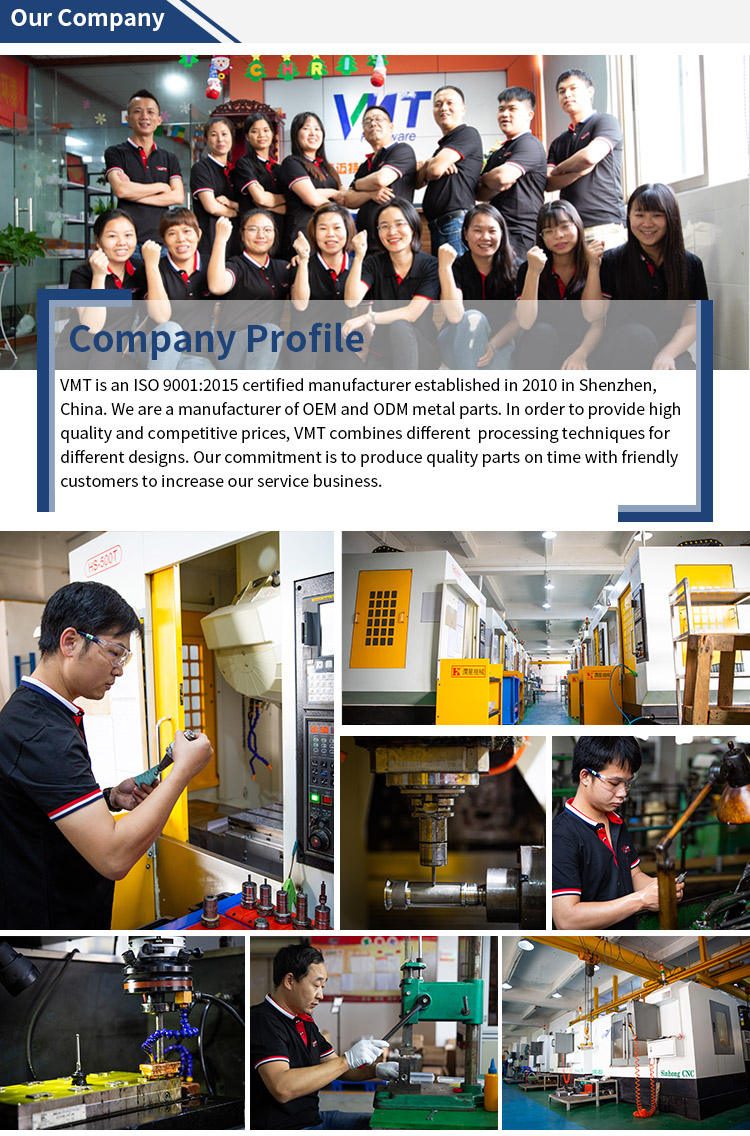
Frequently Asked Questions About Polishing
Why Should Polishing Be Done From Coarse To Fine?
The process of polishing from coarse to fine is based on the scientific principles of material surface treatment. First of all, coarse polishing can quickly remove large impurities and significant uneven areas on the material surface, laying a good foundation for subsequent fine polishing. As the polishing grain size is gradually refined, the surface roughness is continuously reduced until the desired mirror or high-gloss effect is achieved. This process not only improves the aesthetics of the product but also enhances its durability and functionality.
What Process Does Polishing Belong To?
Polishing is a type of surface treatment process and is widely used in CNC machining, milling, turning and other mechanical processing fields. It uses mechanical, chemical or electrochemical effects to modify the surface of the workpiece through polishing tools, abrasive grains or other polishing media to reduce surface roughness and make it smooth and bright. Polishing technology is used in the processing of various materials such as metal, wood, glass and plastic, and is an important means to improve product quality and added value.
Theifference Between Brushing And Polishing.
In CNC machining services, drawing and polishing are two common surface treatment processes. They each have their own characteristics and are suitable for different processing needs.
- Wire drawing process: Wire drawing is a metal processing process that uses external force to force the metal through a mold, thereby forming specific textures or lines on the metal surface. This process can give the metal surface a unique visual effect and feel, while increasing the wear resistance of the surface. The brushing process is not afraid of minor scratches, because the scratches tend to blend with the original texture and do not affect the overall beauty.
- Polishing process: In contrast, the polishing process pays more attention to the smoothness and gloss of the surface. It achieves a mirror or high-gloss effect on the surface of the workpiece by gradually refining the polishing grain size and increasing the polishing time. The polished surface has high flatness and strong reflective ability, which can significantly improve the aesthetics and texture of the product. However, polished surfaces are relatively fragile and susceptible to scratches and damage.



